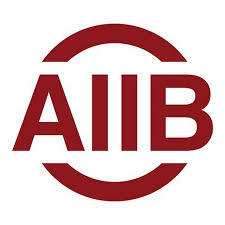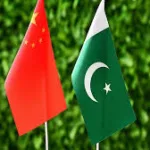The Asian Infrastructure Investment Bank (AIIB) has approved financing of $235 million for the Lahore Water and Wastewater Management Project, a major initiative aimed at ensuring a sustainable supply of clean water and curbing the discharge of untreated sewage into the River Ravi.
Approved on Thursday by the Beijing-based lender, the project will support the Lahore Water and Sanitation Agency (LWASA) in upgrading infrastructure, reducing water losses, and improving institutional efficiency to deliver better services while moving toward financial sustainability.
Currently, Lahore faces severe shortages of clean water and an overflow of untreated wastewater, both of which pose growing environmental and public health risks. The AIIB financing will help address these challenges through a combination of infrastructure rehabilitation, system upgrades, and capacity-building measures.
A major component of the project includes diverting water from the Banbawala Ravi Bedian Depalpur (BRBD) Canal and constructing a new surface water treatment plant (SWTP). The goal is to reduce non-revenue water (NRW) from its current 45 per cent to below 20 per cent by replacing aging pipelines that cause significant leakage and wastewater infiltration.
The financing will also fund the installation of bulk meters and enable 100 per cent metering, billing, and collection, targeting a 90 per cent recovery rate. At present, about 90 per cent of Lahore’s water connections remain unmetered, resulting in overconsumption and theft.
In addition, the project includes investments in modern water quality monitoring systems, upgrades to laboratories, and specialised training for LWASA staff to operate and maintain the new infrastructure. The Punjab government has also sought technical assistance from AIIB to develop a regulatory framework that will encourage public-private partnerships in both capital expansion and operational management.
On the wastewater side, Lahore has no functional treatment facility, with all domestic and industrial sewage — roughly 640 million gallons per day (MGD) — directly flowing into the River Ravi. This pollution has effectively turned the river into a sewage drain, degrading water quality and harming ecosystems.
The River Ravi remains crucial for Lahore’s groundwater recharge, contributing up to 82 per cent of the city’s supply. However, contamination has seeped into the aquifer, rendering groundwater unsafe for drinking and damaging soil fertility. The result has been a rise in waterborne diseases, including diarrhea, typhoid, hepatitis, and intestinal worms, particularly in low-income neighbourhoods.
Because Lahore lies at the upstream end of the Ravi, the pollution also affects agriculture and economic activities downstream. To address this, LWASA has prepared a blueprint for six wastewater treatment plants, three of which will be financed by the AIIB, with the remaining three expected to receive funding from other international financial institutions.
Discover more from Brackly News
Subscribe to get the latest posts sent to your email.



